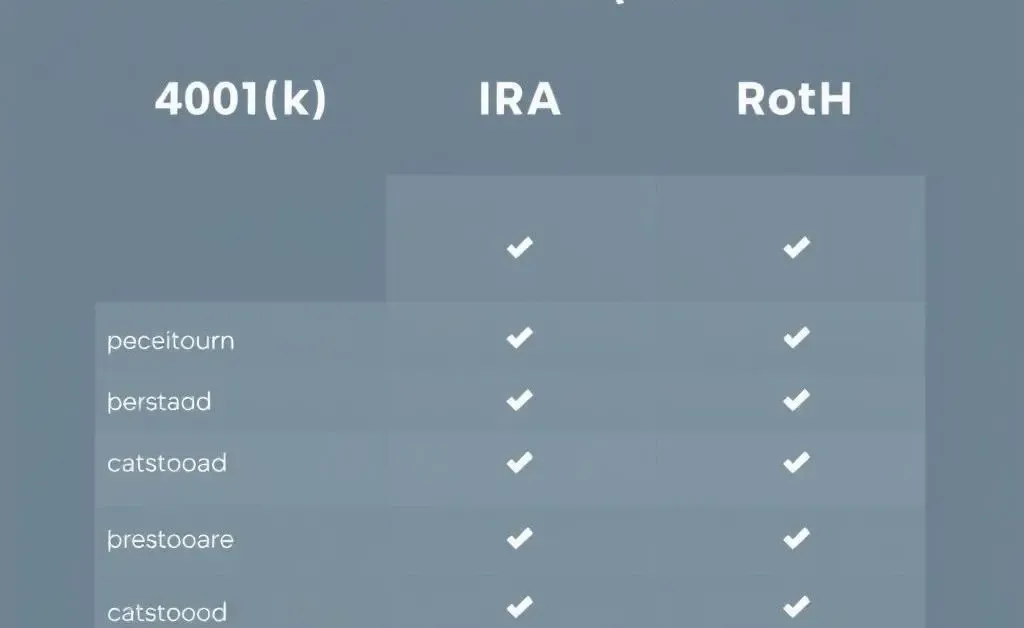Rollover Riddles: Simplifying Your 401(k) Transfer Journey
Navigate the 401(k) rollover process with ease and simplicity.

Are you feeling a little overwhelmed about rolling over your 401(k) from a previous employer? You're not alone! Navigating the world of 401(k) rollovers can feel like trying to solve a puzzle with one missing piece. But don't worry, by the end of this friendly chat, you'll have a much clearer picture of your options and how to go about it.
What is a 401(k) Rollover?
Let's keep it simple: a 401(k) rollover is like moving your savings from one basket to another without dropping any eggs. This transfer is crucial because it allows your retirement savings to keep growing tax-deferred.
Why Consider a Rollover?
You might be asking yourself, 'Why bother with a rollover?' It's all about financial growth and streamlined management. Here's a quick list to help clarify:
- Maintain Tax Benefits. Continue to enjoy tax-deferral, ensuring a good chunk of your money stays invested.
- Consolidate Your Accounts. It's easier to manage one retirement account instead of juggling multiple accounts across different employers.
- Broader Investment Options. Rolling over to an IRA could open the door to more diverse investment choices.

Your Rollover Options
You've decided a rollover makes sense for you — great! Here are some paths you might take:
1. Rollover to a New Employer's Plan
If your new employer's plan accepts rollovers, this can be a wonderful choice. It keeps similar tax advantages and might simplify managing your savings if you prefer one account.
2. Roll into an IRA
This option provides flexibility and a wider range of investments. It's an opportunity to plan more strategically for your future financial goals.

3. Cash Out
While cashing out seems tempting, I'd advise against it. You could face significant tax implications and early withdrawal penalties — not the best for long-term growth.
How to Rollover Your 401(k)
After choosing the ideal path, here's the step-by-step on getting it done:
- Contact Your Provider: Reach out to your current plan's administrator to start the process.
- Choose Your New Account: Ensure your new 401(k) or IRA is ready to accept the rollover.
- Direct Rollover: Opt for this method to avoid potential tax surprises.

Final Thoughts
Rolling over your 401(k) isn't just about transferring funds; it's about taking control of your financial future. With the right guidance and a little patience, you'll breeze through the process like a pro, setting up a retirement that's as cozy and carefree as those weekend daydreams. Ready to roll over that nest egg? You've got this!




